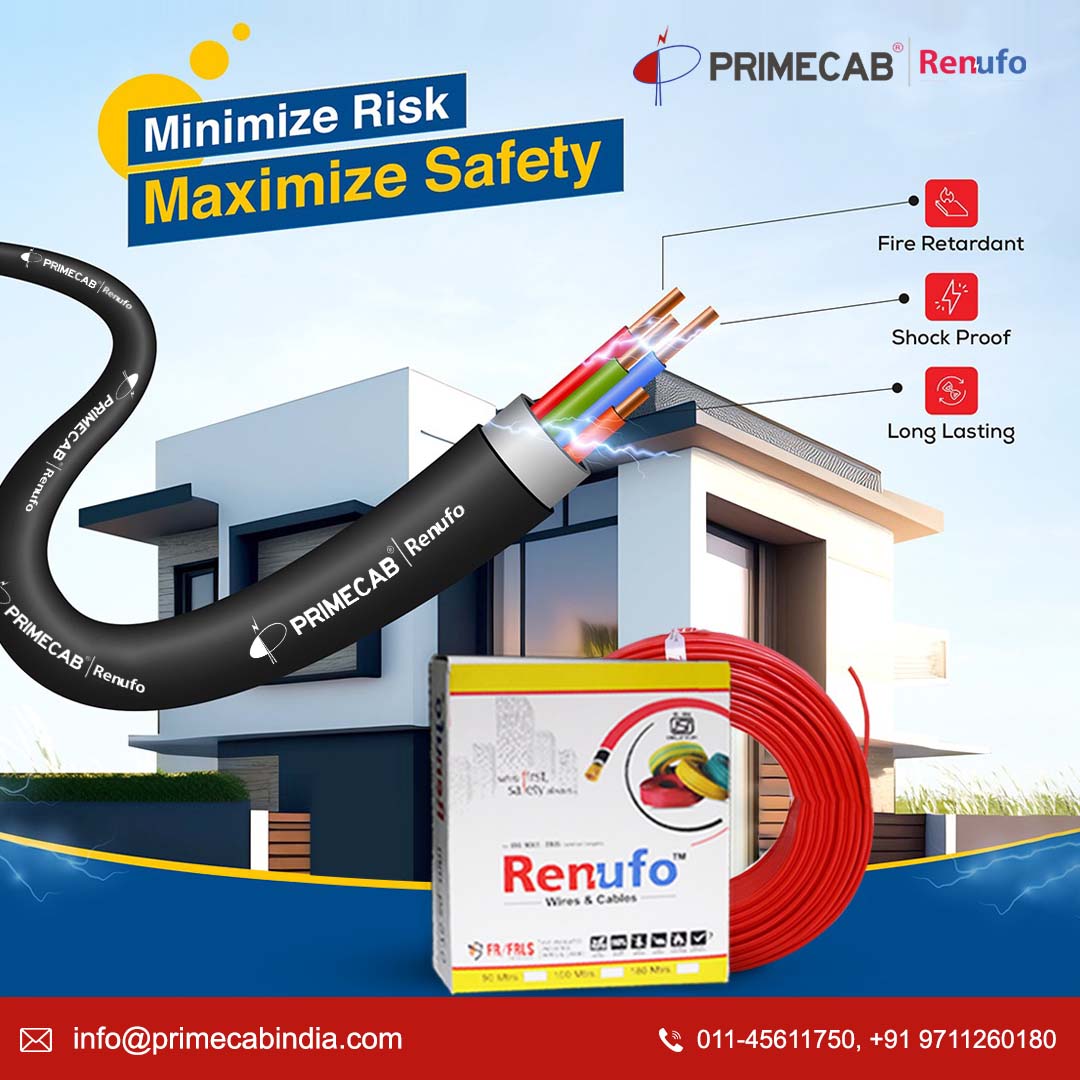6 Types of Wires You May Not Know Your House Needs
Before going deeper to understand the types of wires your house needs, understanding some basic terms is essential. You must know that the electrical wire is a conductor. The materials used for home electrical wiring are copper or aluminum.
Plus, when two or more wires are combined in a single jacket, it is called cable. Now, take a look at the types of wires your house needs.
Armored Cable
It is a common electrical cable that has an extra protective layer that keeps it away from undesirable cuts or damage. Known as SWA, this cable is a power and auxiliary control cable that is designed to be used in mains supply electricity.
Flexible Cable
NM or Flexible cables come with three or more wires. They are wrapped in a sheath. Depending on the circuit and wire gauge, these come in multiple color shades of the sheath. But when you see a cable with gray sheathing, it means it can be used underground.
Low-Voltage Wires
Low-voltage wires are required in the case of circuits that run a voltage of fewer than 50 volts. These are used at home with items that need less electricity. These items can be doorbells, landscape lighting, thermostats, sprinkler systems, and much more. Use these wires fearlessly because they prevent any shock.
Underground Feeder Cable
An underground feeder cable is among the most popular electrical wiring for a house. These cables can be used at moist sites and buried in the ground directly. They are also used to allow current flow to outdoor fixtures. These cables come in solid plastic. The outer sheathing is gray in color.
This is another type of wire your house needs. Designed to connect photovoltaic power supply systems, these cables are suitable for high mechanical strength. They have the capability to tolerate extreme climatic conditions and work for a maximum span of time. They can operate at a temperature as high as 120°C.
Phone & Data Wires
Phone and data wires that come under Category 5 cables. They contain four to eight wires wrapped together in a single jacket. They are designed to transmit data seamlessly. Though they do not operate on high voltage, it is advisable to keep them separate from other electric house wires and treat them very carefully.
These are the 6 types of wires and cables that you don’t know you may need in your house.






